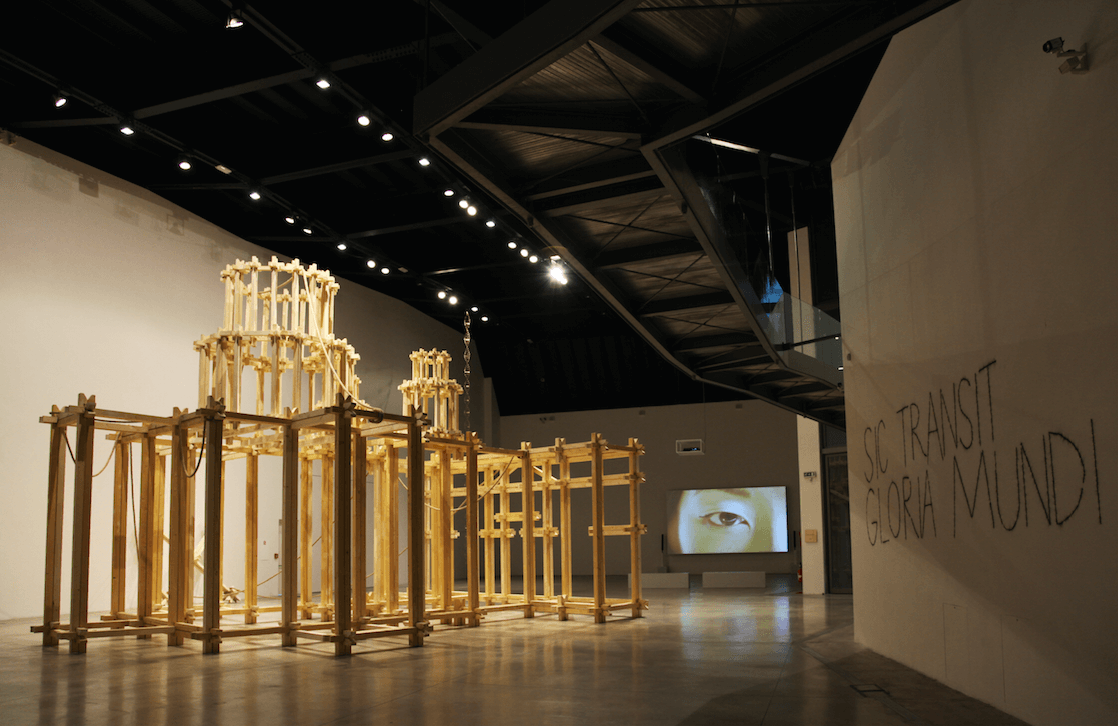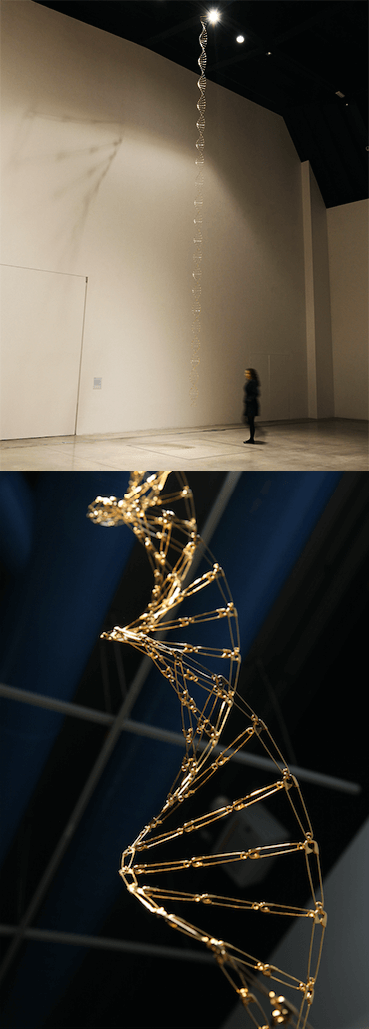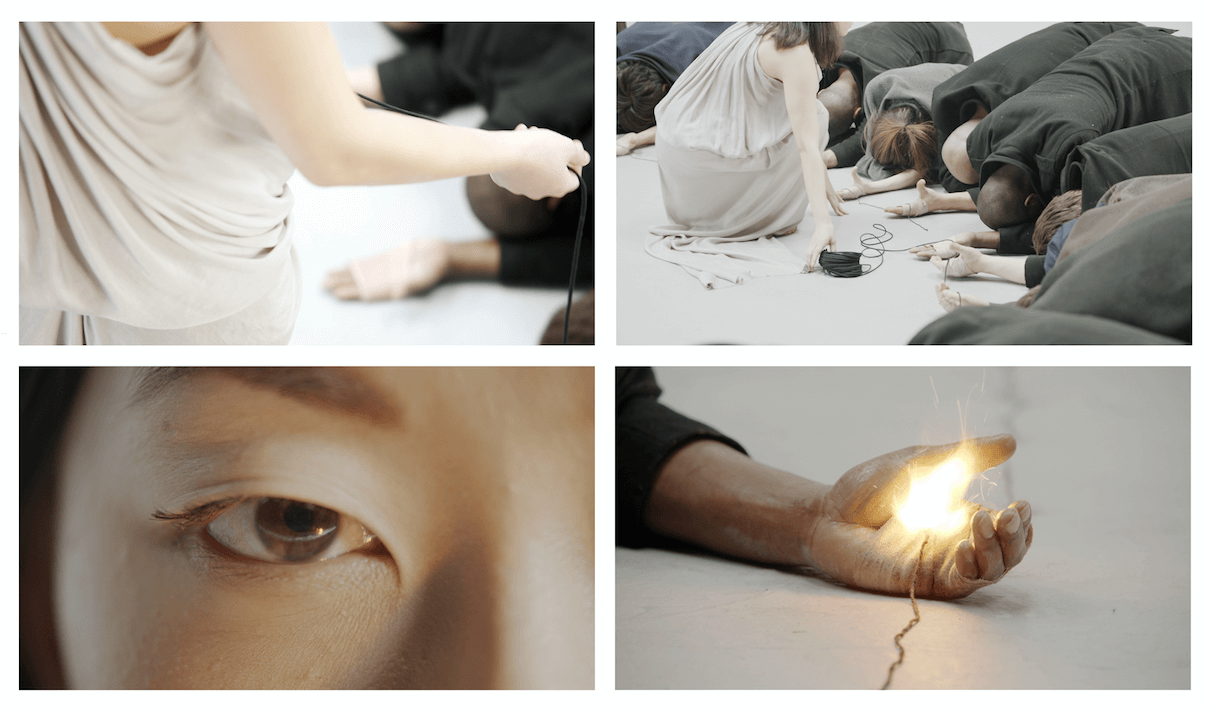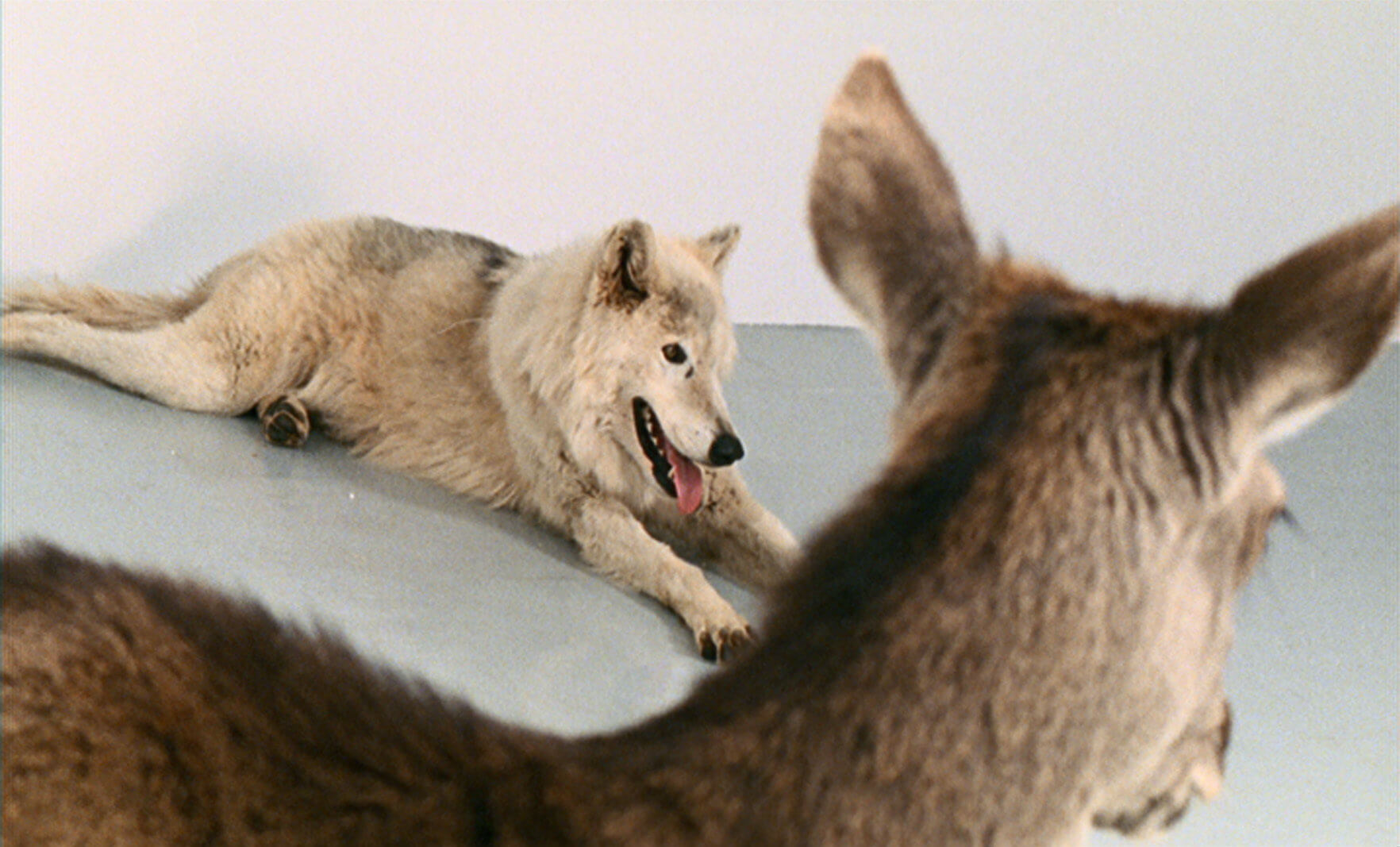Permanent (Win) Streak: A Conversation with Mircea Cantor

When Mircea Cantor lists his working/living location as “Planet Earth”, he’s not being flippant. Over the last decade, he has called places such as Tel Aviv, Bucharest, Rome, Paris, Nantes, and New York both home and workspace. For good reason, too.

Cantor seems to have absorbed a litany of cultural traces that have fused into his multidisciplinary practice. He is primarily a filmmaker (he has also presented sculpture, animation, photography, drawings and paintings), but above all, he considers himself a teacher, a caretaker, a disciple and student. He is the recipient of the 2011 Marcel Duchamp Prize. His 2005 film Deeparture was shown at MoMA and the Museo Reina Sofía before being acquired to the permanent collection of the Walker Arts Center. His breathtaking 2012 short film Sic Transit Gloria Mundi was screened at the Centre Pompidou and is now in the permanent collection of the Castello di Rivoli Museo d’Arte Contemporanea (Torino). At the moment, he and his family are based just outside of Paris. his six-year project with Yvon Lambert, a book entitled Permanent Leak, has just been released. Somehow, we managed to find time to speak about his remarkable body of work and work ethic.

The first time I saw your work was at the Castello di Rivoli in Torino. I stood and watched Sic Transit Gloria Mundi no less than ten times in a row. Was this work a breakthrough moment for you If not, which work opened the floodgates?
No, it was before then. My movie Deeparture (2005), at the Berlin Biennale that year was the watershed moment. That was my first movie that I made for my first US show, in New York at Yvon Lambert Gallery in Chelsea. An editor-in-chief called me, “You are young, you’re one of the best in Manhattan. But we won’t review it.” I was like, “What?!” Nobody knew about me. It was very strange. The gallery didn’t sell anything from that show. I poured concrete in the whole gallery, the floor was raw. As you entered, in front of you would be Neil Armstrong’s step on the moon in the concrete, in natural light. When you closed the door behind you, it was darkness. It was quite a radical show in terms of perception and welcoming the public. The gallery was like, “Fuck!” They put so much money into it. Then they showed it at ARCO Madrid (2006), and the Reina Sophia bought the work. Walker
Arts Centre bought it at the Berlin Biennale, and MoMA has one of my artist proofs in their collection. That’s really the moment everyone started talking “the young Mircea, blah blah…”
Let’s talk some more about Sic Transit Gloria Mundi…
This film was made in 2012 for my first institutional big show in Rome at MACRO, with Bartolomeo Pieromarchi. For me, it was a very important step to have a statement on the soil of Rome. It’s not bullshit. There were three works in the show. The first work [Epic Fountain (2012), a hanging sculpture resembling a DNA helix made from gold safety pins] was the key piece for the show. The other work is Anima. Anima is St. Peter’s Basilica, based on the original drawings by Bramante. These drawings are simple, very geometric. Not as Baroque as you know it now. I took that drawing and downscaled it to 10 meters per 7 per 10 high. You have four ropes that are conducted to a kind of cross leaning on the gallery wall that animates the model – like that for a marionette. What is the spirit of the Vatican? Is there a life animating it? I wanted to talk about this influence of the invisible. Along with this came Sic Transit. When they elect a new pope, they burn a rope before him and repeat three times “Sic Transit Gloria Mundi”, remember[ing] that your life can burn out like the fire. You would call it very spiritual or shamanic. But I wanted to push it further. I was obsessed with this fire rope. You see all these beggars in the street [in Rome], the attitude of begging is one of the most universal, it’s a-religious. You ask somebody to help, you reach out your hand. If you think, Shana, we are in a permanent begging attitude. We beg for love, for food, for a car. So for the film, we gathered the actors as the beggars, and a woman who will hold this string in her hands. That was the most complicated part. I went through police agreements, signing papers that no one would get hurt. Finding the right thread was the most important. What we found was very violent, very powerful. I wanted the real thing. Not After Effects and postproduction. You don’t cheat.

Various threads of your work have touched upon fire as a means of communication, money as a method of poetry, and fishing nets as a capture for tiny fighter planes. Do you think there’s one underlying thesis to your practice, or has it always been so diverse?
People see a thread, exactly, a growing intensity. In terms of making it. I know that Sic Transit is one of the highest. Now I have something in my mind that’s mind-blowing, it’s four years in, I know it will cost a lot. But it’s something that [boom sound].

I was just reading about Chinese painting; I’m obsessed with minimal Buddhist gestures, how in a very small economy of gestures, you can sketch out a situation. I have three kids and a family, I’m not like Giacometti. I have to work quick. Reading about this Japanese paintings, Asian in general, I was arriving at a certain moment saying, ‘what’s the difference between Western and Far Eastern painting?’ In Asian culture, they were more interested in catching the chi of the situation. While in Western culture, we’re more interested in catching the exact reality that we see, not the energy. The last time I went to Japan, this young generation is so in love with Western culture and painting. “Our ancestors passed months painting bamboo,” they’d say. It was their way to be in the world. In one breath, one brushing on the silk or rice paper [swoop sound]. It’s the same as Rembrandt or Van Gogh or the way these European geniuses painted. For me, there’s a thread, even though it looks so different. I’m not interested in a “expectative” representation of my ideas, to find the same pattern. Of course there are things you can improve by repetition. But I can not eat pizza or sushi every day. I only can eat life everyday. That’s what’s important. You cannot stay with the same thing. I’m too full of energy to express myself in only one medium. That’s why I use drawing, I use film, I use sculpture, I use photography – and I am called artist, not sculptor, not filmmaker, not photographer. In all that I do as an artist, I have a huge Responsibility – the ability to give a response, to quote John Cage.
I think there’s a kind of obsession with the past, with what we have done. We should live in the present much more, in the now. One of the(se) problems, for me: either we project ourselves in the future or we are nostalgic or too referential about the past. This is so specific to the art context today. When your work is so referential, literally, to the past; if it cannot stand alone, it doesn’t work. I think you have to follow some guidelines that go beyond this biennial/gallery/museum/curator etc. But this has more to do with a personal discipline. I studied art history at my school since the age of 15. I’m quite traditional, in my mind. I’d been studying academic drawing, still-lifes, portraits. I went to all these roots that are proper to the art world. I don’t know how many people know about art history as artists, but I think its important to know in order to be able to express your vision. It’s more to be aware that Art History is not only a field of knowledge, but a language, in itself. One has to learn the letters, then the words, then make sentences and eventually ending up in poetry or novels.

Permanent Leak is the result of six years of collaboration with Yvon Lambert. How did the initial idea come about?
Monsieur Yvon Lambert invited me to create something unique in a series of artist books he’s produced over the years. Giuseppe Penone, Koo Jeong-A, Etel Adnan, were just before me. It was a long, hard process and there were times where I thought it just wouldn’t be done. Yvon spent so much money on the finest materials for the book: the paper was handmade in Japan, the raw silk threading/bindings were sourced directly from China, it was incredible, the craftsmanship of the thing. But there were times I didn’t want to rush and felt I had to wait. So when we finally released it, it was like, “Ah! At last!” But now it is sold in a limited edition of 108 at the Yvon Lambert bookshop in Paris, and it is a unique, 6 metre-long leporello binder book of drawings, embedding all this tense waiting of 6 years.
 Your Instagram feed is brimming with words and writing. We seem to be drowning in meaningless words lately, vis-á-vis “fake news”. How do you think art can reclaim or transmit the value of words?
Your Instagram feed is brimming with words and writing. We seem to be drowning in meaningless words lately, vis-á-vis “fake news”. How do you think art can reclaim or transmit the value of words?
There’s an eternal question, “how.” I don’t know to respond to this. It’s a question I’m always posing to myself, even when I’m playing with my kids. When I’m doing something with them. I always tell them, as a parent, to show them the right way. The right way is not repetition, its making a conscious work. You are there, and that’s the “how.” When you’re washing the dishes, you think it’s fine and you just put soap and a little water and you put the dish away. “Look, my son, the dish is not washed. Not because you didn’t do everything right, you have to know how. When you’re present and look carefully and follow your hand, the gesture to clean it, you become conscious: if there is dirt, you have to clean.” When you are totally conscious of the consequences of your way of doing things, then you will be able to know “how” to do things and how to respond. And how to make that thing correctly. My kids are my teachers.
Responses